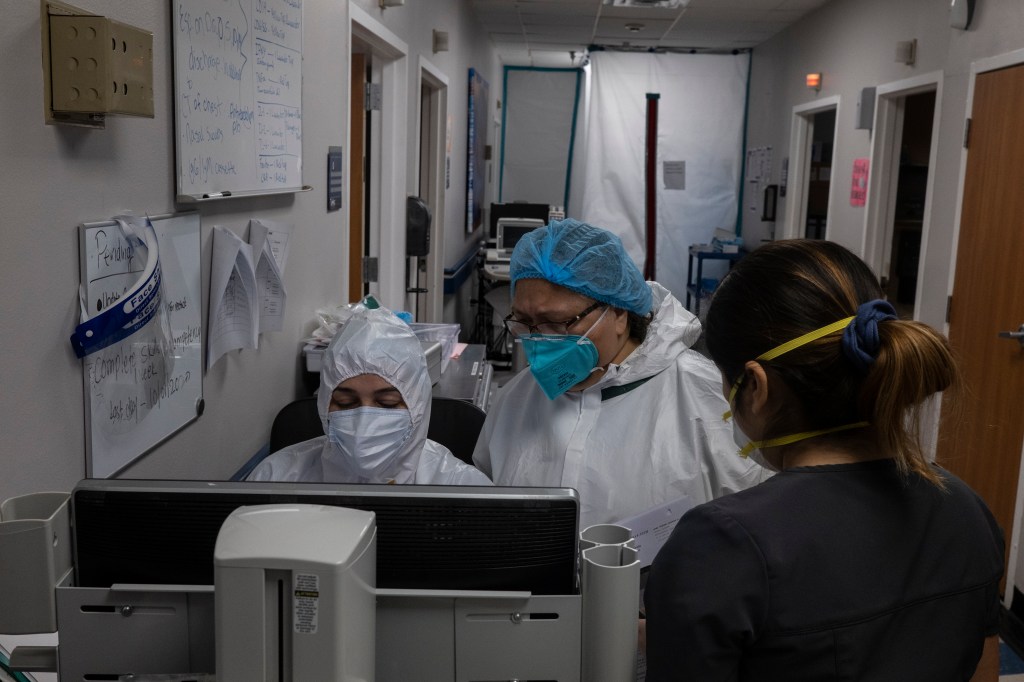The XLoD event in New York City this month focused squarely on on an enterprise-wide view of nonfinancial risk across the three lines of defense and featured industry participants, regulators, and technology provider firms offering their perspectives. Voice and electronic communications surveillance, leveraging AI in the risk context, trade-date surveillance
Register for free to keep reading.
To continue reading this article and unlock full access to GRIP, register now. You’ll enjoy free access to all content until our subscription service launches in early 2026.
- Unlimited access to industry insights
- Stay on top of key rules and regulatory changes with our Rules Navigator
- Ad-free experience with no distractions
- Regular podcasts from trusted external experts
- Fresh compliance and regulatory content every day
















